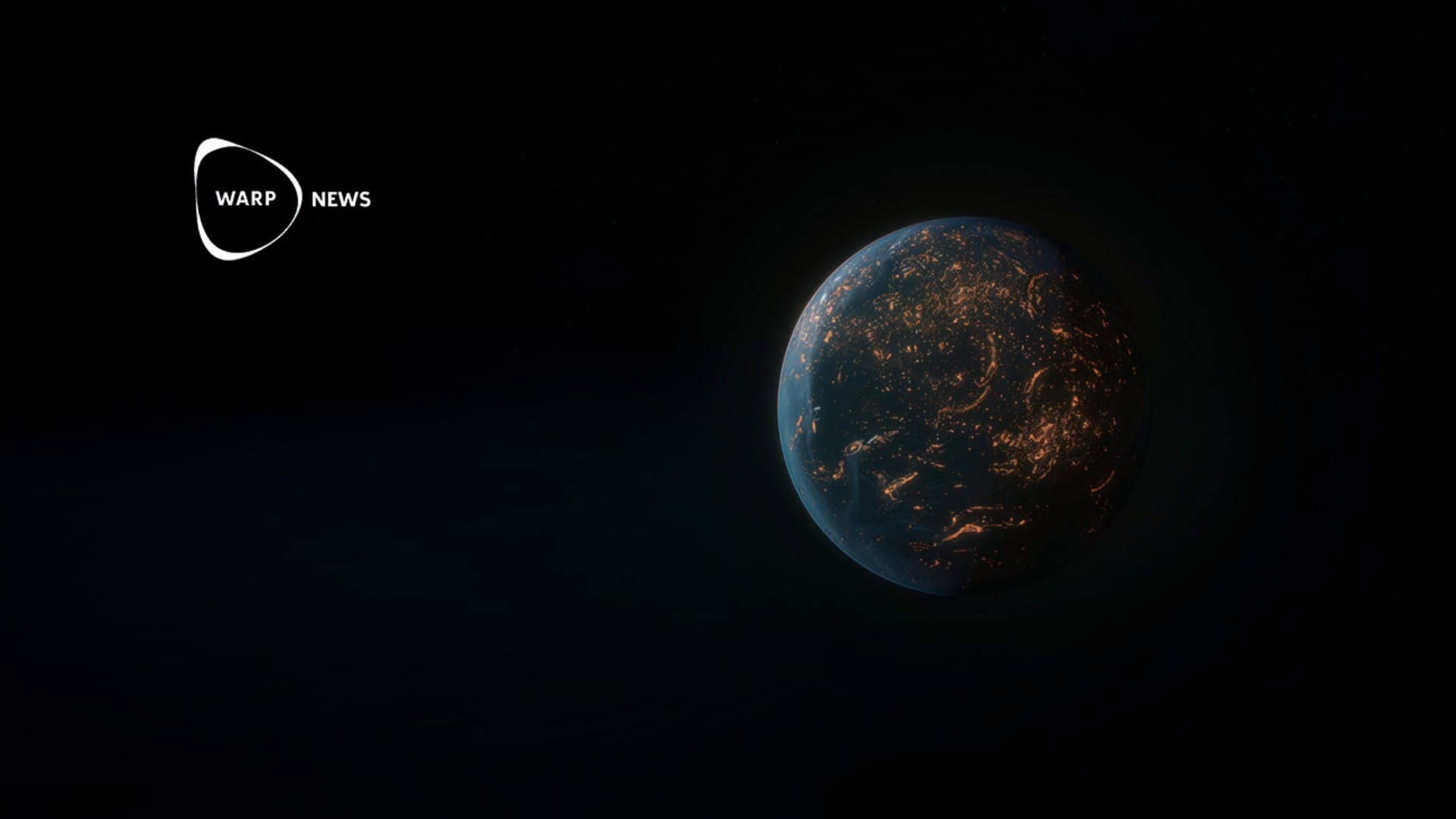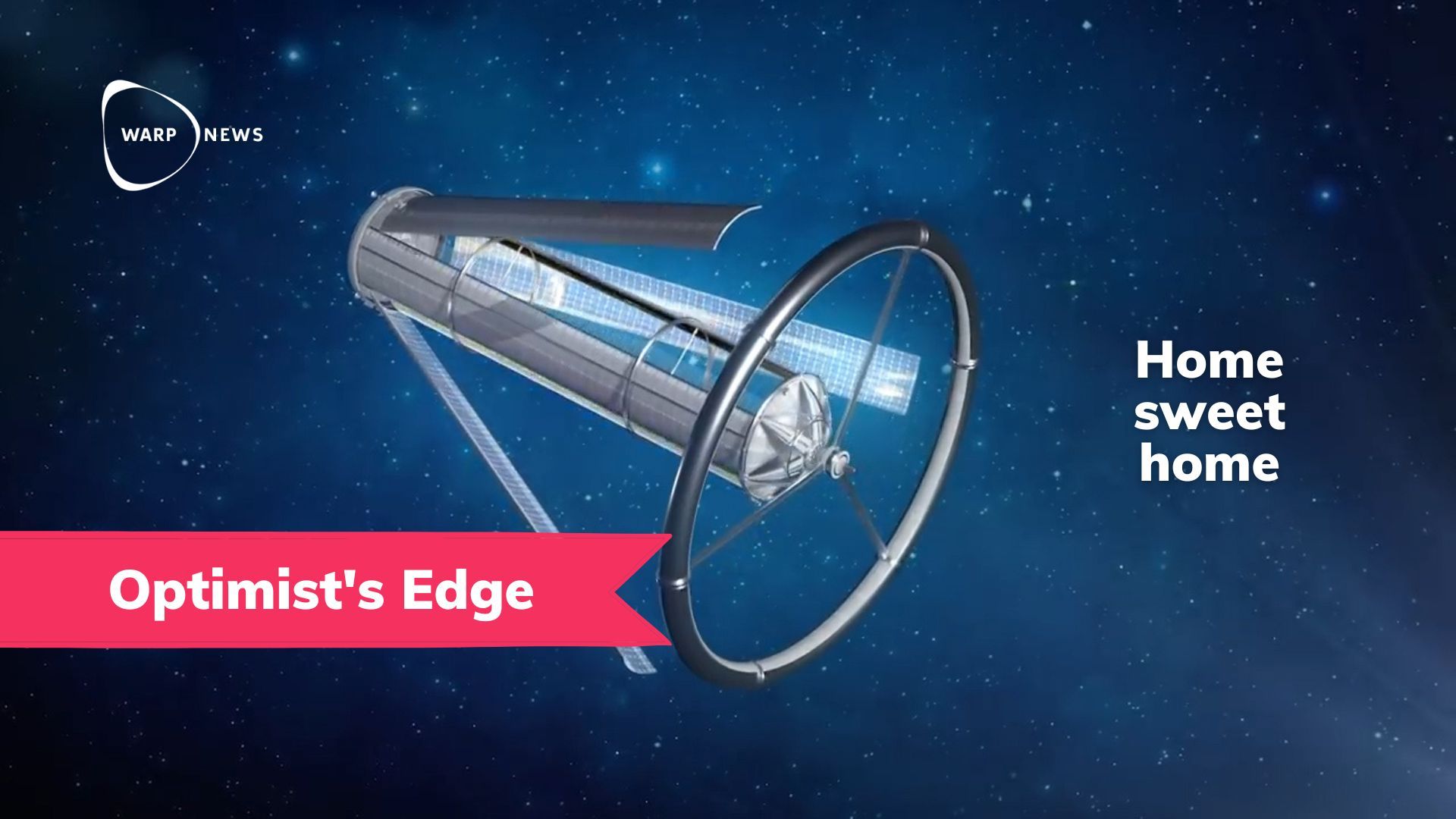
💡 Optimist's Edge: Millions may live in space, but near Earth
💡 Space colonies give millions of people the opportunity to live in space close to Earth and create futuristic utopian communities.
Share this story!
📈 What people think
Would you like to live in space, on a space station near Earth with up to a million other people? We asked this in a survey.
Three-quarters do not want to, but a full 26 percent can actually imagine becoming a space citizen.
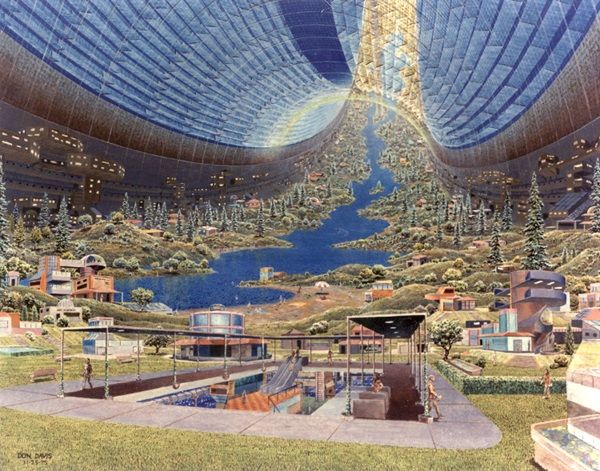
📈 Here are the facts
Gerard O'Neill presented in the 70s, in a series of workshops, an idea for the future of humanity. He suggested that we should build space colonies instead of building cities on planets.
Something that could be done by building rotating cylinders that can create artificial gravity. Several million people could live on such a space station. The choices are considerably more and we can construct a space station according to our needs.
Amazon founder Jeff Bezos has given life to the idea. Bezos, like Gerard O'Neill, is concerned about Earth's limitations and believes that colonies in space would allow humanity to continue to develop. He believes that 200 million people could live in space by 2050.
In addition to Amazon, Bezos has started the space company Blue Origin, and he says in an interview that an investment in space colonies is considerably smarter than investing in colonizing other planets. Terraforming an entire planet would require significantly more resources and time in comparison.
How would that work?
By building large cylinder structures, artificial gravity can be created. This is a great advantage as we can mimic the gravitational force we are exposed to on Earth. In order for us not to have to go through too many changes, we need to create a colony with similar conditions that exist on Earth. We need a night and day cycle, sunlight, and gravity similar to Earth's.
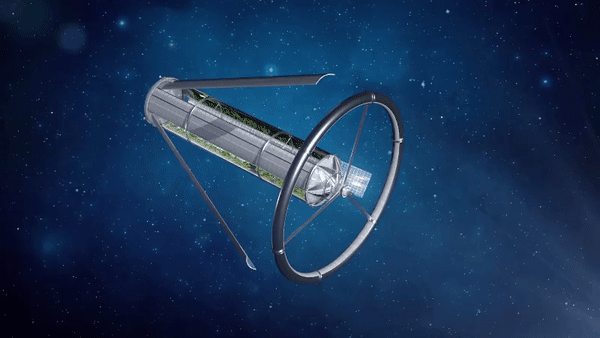
In this proposal, the size of the cylinder is limited for economic reasons and should be able to be built with a diameter of 2.6 miles (16 English miles), with a rotation of two minutes, and with its axis directed towards the sun. Forests, parks, lakes, and homes can be accommodated in these cylinders – a whole ecosystem.
One of the biggest problems with colonizing other planets, for example, Mars, is that there is a big difference between the gravitational forces. A reduced gravitational force affects our bodies negatively; our muscles break down and bones become brittle, problems with effects we can see and measure on astronauts who have stayed on the International Space Station for extended periods.
Another important problem that needs to be solved is cosmic radiation exposure. As these colonies will be built outside the Earth's atmosphere, there is no natural protection against cosmic radiation. To protect the population against radiation can materials such as steel be used to create a shield.
With innovative engineering, we can build space colonies that many can afford to live in, says a survey by Physics Today reported by NSS.
It is possible to build a space colony with today's technology, but we also need to explore new methods, writes NSS. We need to build a colony that is self-sufficient and financially sustainable, for everyone to be able to settle in space.
1. Choice and infinite resources
With O'Neill colonies, we can create new worlds for humans.
In such a world, we can adapt the force of gravity, weather, and wind, according to our needs, and thereby create optimal conditions for what we desire. O'Neill colonies give us the opportunity to create a sustainable world that we want to live in, according to our conditions.
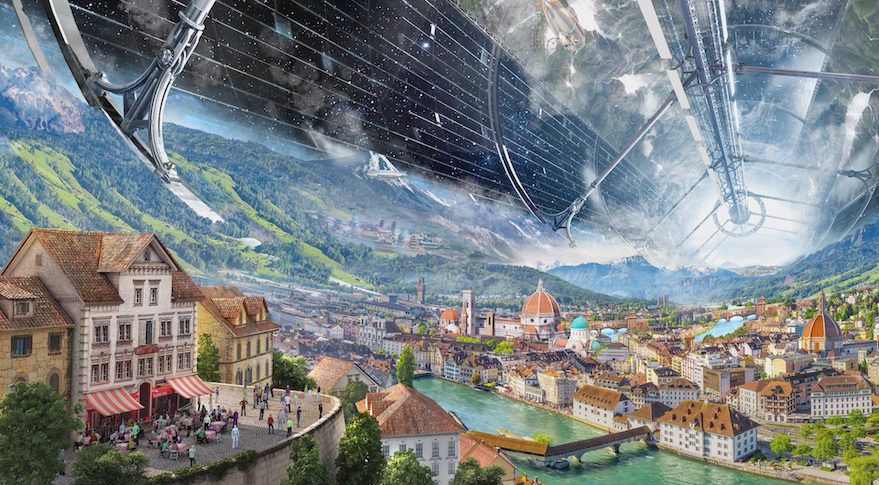
At the presentation of Blue Origin's new lunar lander, Bezos said: "When we move out into the solar system, we have infinite raw materials." These are found on asteroids and other celestial bodies, for example, our own moon. The moon offers several raw materials such as titanium and aluminum.
The lunar lander is Blue Origin's first step in their venture to build space colonies. They would enable us to continue to develop without being limited by the earth's resources and environment. A base on the moon is a strategic goal to have a starting point for a space colony in the future.
2. No natural disasters
Volcanic eruptions, earthquakes, hurricanes, and tsunamis are a thing of the past in O'Neill colonies.
3. No hazardous emissions
With colonies in space, we can move our industries and hazardous emissions away from Earth's sensitive biosphere. In other words, we can reduce our climate impact by moving industries that damage the Earth's environment to space. This can also contribute to self-sufficient systems with great diversity and independence.
4. Close to the earth
One advantage of building a colony in space rather than settling on another planet is that we can choose to place the colony relatively close to Earth. In this way, the colonies do not necessarily have to be a permanent place of residence.
5. Quality of life
Something we must not forget is the importance of quality of life. In space colonies we can avoid the mistakes we have made on Earth and create amazing places to live.
There are many studies that have looked more closely at how our environment affects our well-being, and all point to the same conclusion, that we need biodiversity and variety to feel good. In other words, studies show that exposure to natural areas has many positive effects on our mental health. Furthermore, there is evidence that green areas such as forests and parks can reduce stress. If we are going to settle in space, we must prioritize biodiversity and make it possible to experience different environments.
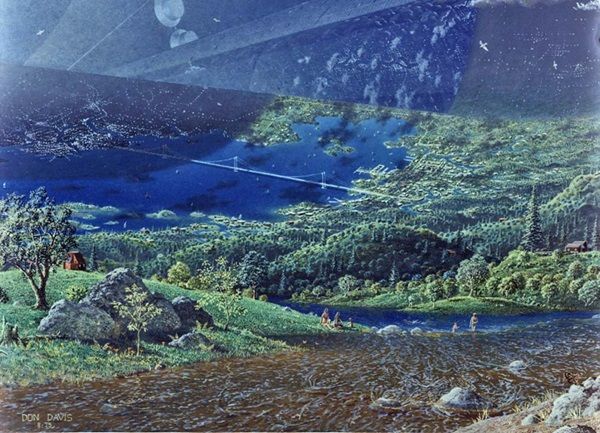
💡 Optimist's Edge
💡 Space colonies give millions of people the opportunity to live in space close to Earth and create futuristic utopian communities.
A space colony would give us the opportunity to create a world we want to live in, with optimal conditions for humanity to continue to develop and grow.
👇 This is how you get the Optimist's Edge
It's hard to estimate exactly what it would cost to buy a piece of land on an O'Neill colony, but a Reddit user has made his own tool to estimate the cost and along with other users, they come to the conclusion that it will be about as expensive as buying an equal piece of land on Earth.
You can try making your own O'Neill colony with this tool. My dream cylinder would be about 50 meters in radius, provide viable conditions, with a gravity we could live in.
Get a job in the space industry
The following companies are hiring:
- Blue Origin is looking for people with different expertises
- NASA is looking for experts in many different fields
- ESA is also looking for students and experts in many fields.
- There are a lot of different student projects in the field, for instance at the particle accelerator at CERN.
Invest in space
If you want to be part of the creation of this optimistic future world, you can invest in private space companies today. According to a report by Space investment quarterly, up to $270 billion has been invested in private start-up companies in the space sector this year alone, with 1,753 unique companies behind the success. The majority of companies are located in the US and China, and it is clear that start-up companies in the space sector are on the rise.
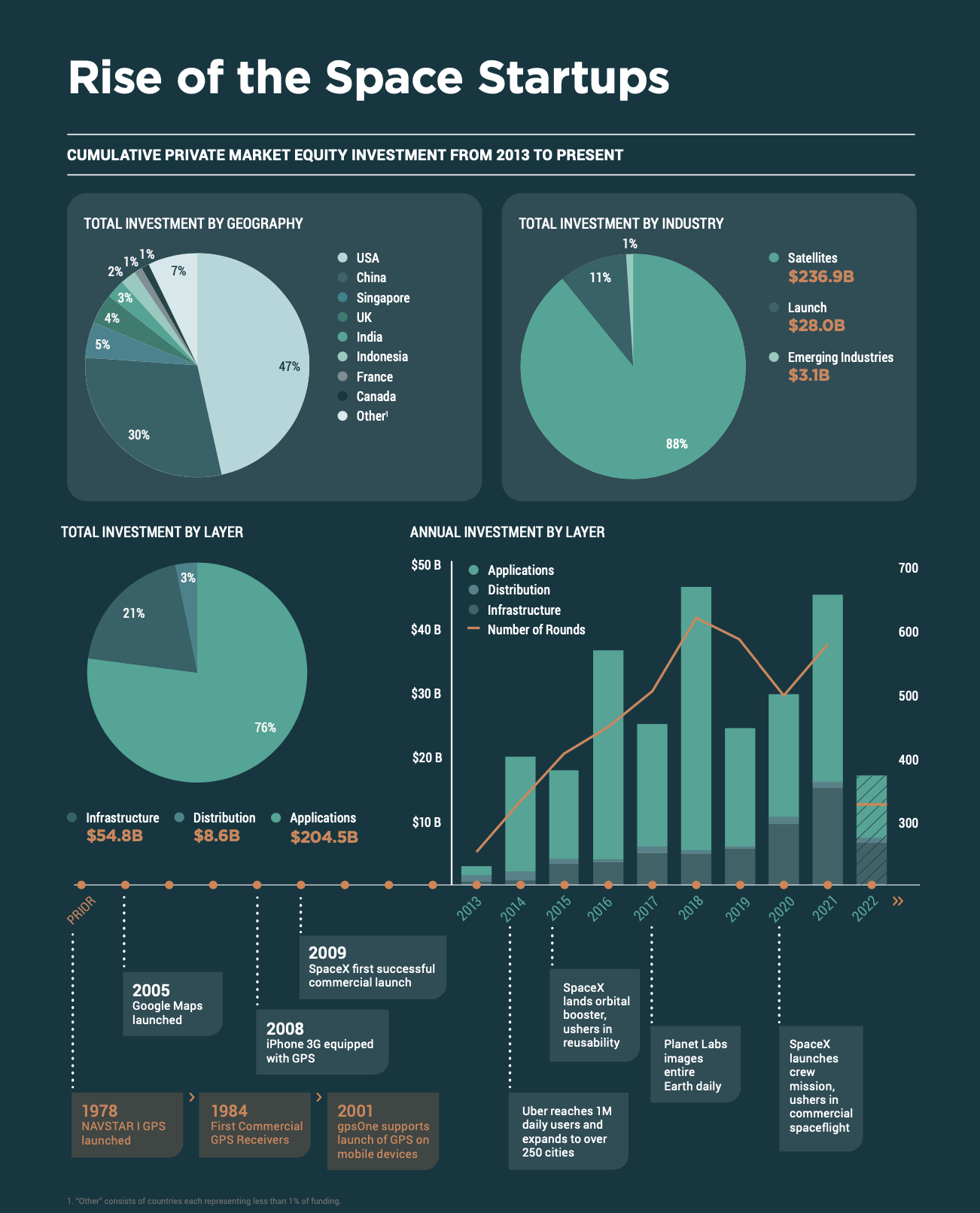
It is clear that the satellite industry is a growing infrastructure. With more satellites in orbit that both help us understand our planet better, but also enable, for example, navigation and communication, today's space companies are pioneers and together lay the foundation for future space colonies.
Study physics and space technology
If you want to be part of building the housing market of the future in space, there are many ways to go. For example, you can:
- Become a civil engineer in Space Technology (Luleå)
- Research in the space sector at, for example, Uppsala University or Lund University
- Become a civil engineer in vehicle technology (Stockholm)
By becoming a premium supporter, you help in the creation and sharing of fact-based optimistic news all over the world.


